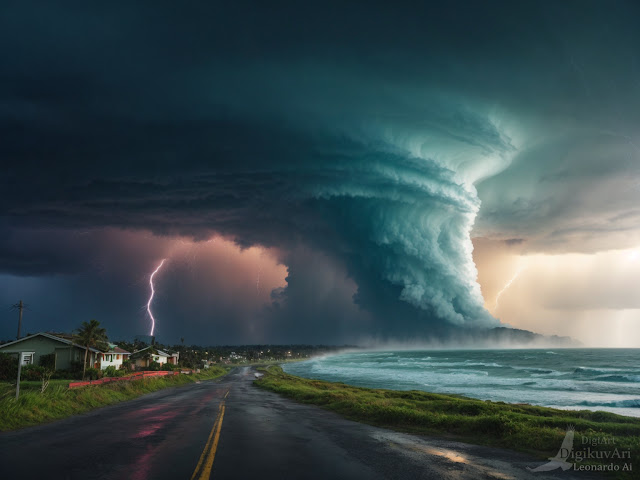Different Names for Tornadoes
In addition to the name "tornado," these violent rotating columns of air have different names in different parts of the world:
Cyclone: A tropical cyclone that forms over warm, tropical waters
Typhoon: A tropical cyclone that forms over the western Pacific Ocean
Willy-willy: A small, weak tornado that forms over Australia
Trombi: A European term for a tornado
It is important to be aware of the different names for tornadoes so you can be prepared for them no matter where you are in the world.
Destructiveness
Tornadoes can cause widespread damage. They can destroy buildings, topple trees, and cause flooding. Tornadoes can also cause injuries or even death.
Tornado wind speeds can vary greatly. In general, tornadoes are strongest in the United States, where winds of up to 300 miles per hour have been recorded.
In the United States, tornadoes are most likely to form in the Great Plains, where there is a combination of warm, moist air from the Gulf of Mexico and cold, dry air from the Rocky Mountains.
Tornado formation typically begins with a thunderstorm. As the thunderstorm intensifies, the winds in the updraft begin to rotate. This rotation is caused by the different air temperatures and pressures in the thunderstorm.
Once the rotation is strong enough, it can form a tornado. Tornadoes typically form in the lower part of a thunderstorm, but they can also form in the upper part of the storm.Tornado Impact on the Environment
In addition to the damage caused to buildings and infrastructure, tornadoes can also have a significant impact on the environment.
In the United States, tornadoes can remove vegetation from an area, which can lead to erosion and desertification. They can also cause flooding and landslides.Tornadoes can also have a significant impact on the environment, including damage to buildings, infrastructure, and wildlife.
How to Detect and Warn Tornadoes
Tornadoes can be detected using a variety of methods, including:
Doppler radar: Doppler radar can be used to detect the rotation of air that is characteristic of tornadoes.
Meteorological satellites: Meteorological satellites can be used to identify areas of potential tornado formation.
Weather spotters: Weather spotters are trained to identify tornadoes and report them to the National Weather Service.
It is important to be prepared for a tornado. Here are a few tips to follow:Keep a radio or phone on hand so you can receive tornado warnings.Be prepared to evacuate in the event of a tornado.If you are outside, find shelter in a low-lying area or under a sturdy building.If you are inside, go to the basement or a safe room, such as an interior room with no windows.
By being aware of the dangers of tornadoes and taking steps to prepare for them, you can help to keep yourself and your loved ones safe.








